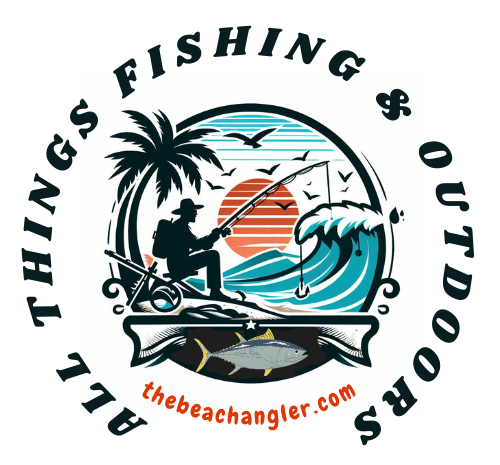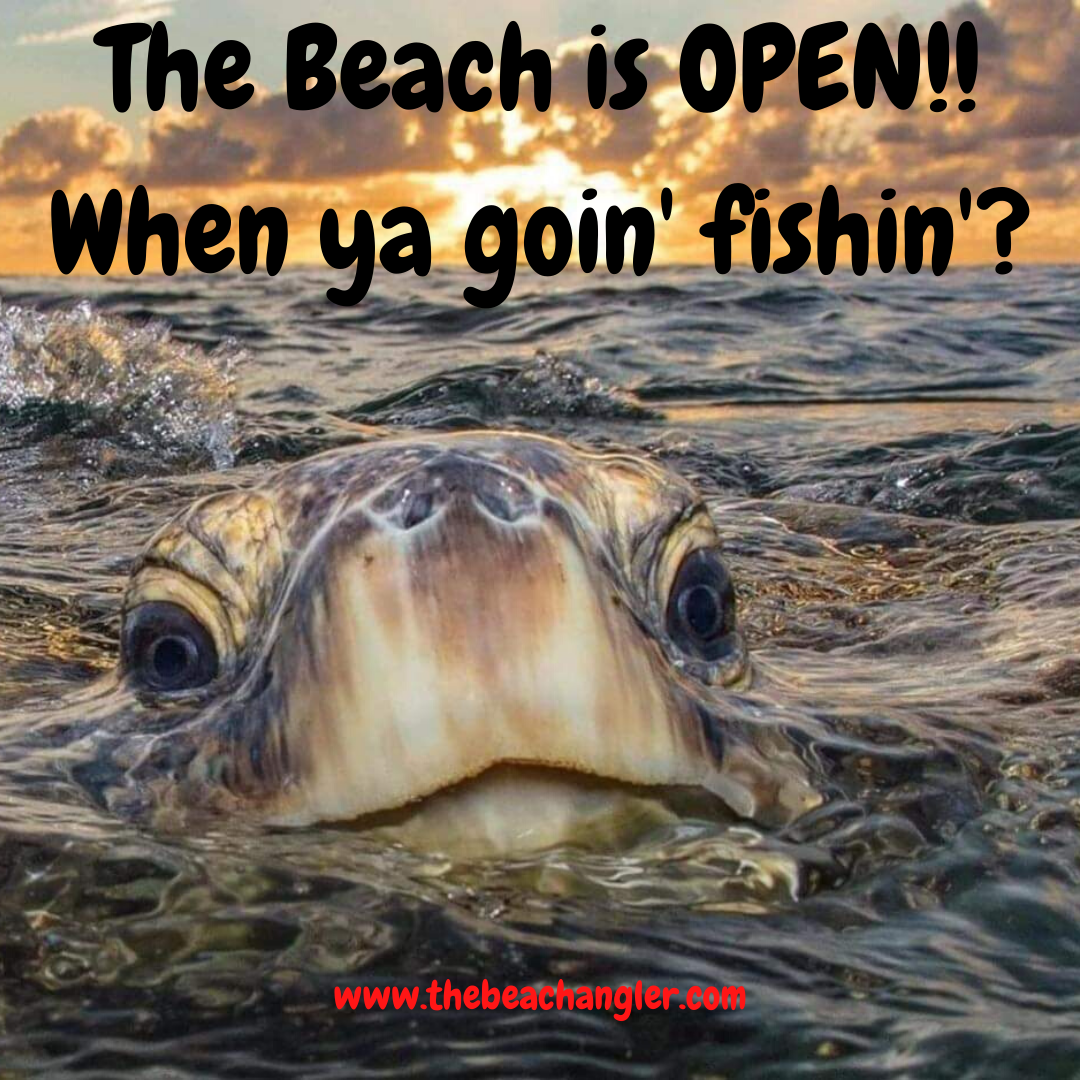Wade fishing the shallow flats is one of my favorite ways to catch redfish and black drum. There’s nothing quite like being right in the water, feeling connected to every sound and movement. Wade fishing provides a more mindful approach, giving me the chance to sneak up on fish in skinny water, make careful casts, and watch natural behavior unfold.
QUICK LOOK: Tips for Wade Fishing the Flats for Redfish and Black Drum
- Timing is everything, especially for finicky fish like reds and drum. I plan my trips around tide changes. The best bite usually lands in the last hour of a rising or falling tide, when water stirs up and fish get more active.
- On the flats, I strive to keep as quiet as possible—dragging my feet, scuffing shells, or splashing can send fish darting away. When I see fish, I try to cast past them, then bring my bait or lure back into their line of sight.
- Casting along the edges of potholes, the ends of oyster bars, or around dropoffs pays off. I keep my retrieval smooth, pausing every few feet, since both redfish and black drum can follow a bait before deciding to eat. When fishing over grass, I opt for lighter jig heads or weedless rigs so my lure skims just above the stems.
- Watching water clarity is key. On days when the water is clear, fish will be spookier, so longer casts and lighter presentations work better. On cloudy days or in stained water, I get closer before casting and slow down my retrieve.
- Watching for nervous water, like small ripples from baitfish or a tail breaking the surface, gives me clues about feeding redfish.
- When I spot a V-shaped wake cruising across a sand patch or grass edge, I slow down and get my lure ready. Matching your bait size and color to what’s natural in your area can help, especially on days when the fish seem fussy.
- In higher-pressure spots or ultra-clear water, downsizing lures and going natural can make a difference. On tough days, adding rattles or extra scent gives my presentation a boost, especially after a cold front or when there’s high boat traffic.
- Keeping a logbook of my catches has made me sharper over time. Tracking tides, water temperature, and which bait produced the most can reveal productive trends, making future trips more dialed in. Sharing notes with fishing partners sometimes uncovers new ideas or overlooked tactics for the next trip.
When I hit the flats, I’m searching for productive water, the right bait, and plenty of patience. For those new to this type of fishing, I’ll walk through what I do to target these popular coastal fish on the flats.
How to Select the Best Spots for Wade Fishing Flats
Finding excellent stretches of water is a huge part of success.
- I begin by focusing on flats that have some structure or visible bait activity. Redfish and black drum often travel together, and both can be easily startled, so moving quietly and paying close attention is important.
- For me, the shallow edges of large turtlegrass flats are always promising. Redfish tend to move along these edges, stirring up food as they go. If I spot active baitfish, that’s even better.
- I also look out for potholes—those sandy clearings within the grass. Redfish use these open spaces to ambush prey, and on a clear day, it’s possible to spot their copper backs or their tails waving just above the grass. Areas with moving water almost always hold more fish.
- Tidal movement stirs up shrimp and baitfish, serving up food opportunities.
- Marsh shorelines and the edges of channels that connect to the flats are hotspots.
- During colder days, I search for channels or deeper potholes in the grass where fish may drop into warmer pockets.
- In summer heat, fish sometimes gather where cooler water flows in from nearby creeks or bayous.
- Oyster bars and shell patches near a dropoff are another go-to, especially for black drum. I avoid wading directly over shell, since they can be sharp, but casting to the edges often rewards me with a bite.
Choosing Bait and Lures for Redfish and Black Drum
The choice of bait or lure often depends on water clarity, fish mood, and local regulations. Both redfish and black drum love scent, and I’ve had a lot of luck with slow-moving, scented baits like shrimp. On tough days, nothing beats live shrimp or fresh dead shrimp.
I always take the head off frozen shrimp to let the scent flow better in the water. For black drum, I stick with natural baits whenever possible. Pieces of blue crab, oyster, or mussels work, but shrimp remains the classic option—alive or fresh dead.
When fish are jumpy, a smaller bait presented more carefully is the best approach. I usually go with a 1/8 ounce jig head in water under two feet, and will bump it up in deeper slots to get the bait close to the bottom.
I like using artificial lures for redfish since they will chase a well-presented bait. Scented soft plastics, like paddle tails or shrimp imitations, get results. I add a bit of attractant to give them a boost and turn more heads.
Slow, steady retrieves with pauses often grab the attention of following redfish. When I’m fishing over thick turtlegrass, I go weedless with my plastics to avoid snags. For flies, I pick patterns with weed guards so I don’t hang up on grass stems.
Favorite Techniques for Wade Fishing the Flats
- Timing is everything, especially for finicky fish like reds and drum. I plan my trips around tide changes. The best bite usually lands in the last hour of a rising or falling tide, when water stirs up and fish get more active.
- On the flats, I strive to keep as quiet as possible—dragging my feet, scuffing shells, or splashing can send fish darting away. When I see fish, I try to cast past them, then bring my bait or lure back into their line of sight.
- Casting along the edges of potholes, the ends of oyster bars, or around dropoffs pays off. I keep my retrieval smooth, pausing every few feet, since both redfish and black drum can follow a bait before deciding to eat. When fishing over grass, I opt for lighter jig heads or weedless rigs so my lure skims just above the stems.
- Watching water clarity is key. On days when the water is clear, fish will be spookier, so longer casts and lighter presentations work better. On cloudy days or in stained water, I get closer before casting and slow down my retrieve.
Wade Fishing Gear and Tackle Setup
Staying comfortable and safe with the right gear is crucial. I trust sturdy wading boots to keep my feet protected from shell, crab holes, and stingray spines. A reliable wading belt keeps my gear snug. I carry a compact tackle box with a choice assortment of jig heads, soft plastics, and a few extra hooks or floats.
A floating landing net makes solo fish handling much simpler. I use a medium-light spinning rod, usually 7 feet long, paired with a smooth reel loaded with 10-15-pound braid. This setup gives me the casting distance I need and enough strength to turn a big red.
For black drum, I lean towards smaller circle hooks—these fish have softer mouths, and a gentle hookset keeps them buttoned. Using a fish grip tool can make handling larger drum easier, and a stringer or fish float keeps my catch secure while I keep working the flat.
Important Factors to Consider Before Wade Fishing
Success on the flats is often about preparation and awareness. I always check tide charts and weather forecasts ahead of time. Rising tides can cover new ground and bring bait onto the flats, while falling tides may bunch fish up into smaller areas. Wind direction can push water off the flats or pile it up, changing where fish will likely hang out.
Being aware of the environment makes a difference. Sun exposure is real, so I bring a wide-brim hat, polarized sunglasses, lots of drinking water, and some sunscreen. A waterproof pouch for my phone and keys keeps my valuables dry in case I go deeper than expected.
Safety comes first when wade fishing. I shuffle my feet on the mud to avoid stingrays and keep an eye out for sudden dropoffs near channels or deeper potholes. Some flats require extra caution, so bringing a floating throw cushion or wearing an inflatable belt provides peace of mind if currents get tricky.
Advanced Wade Fishing Tips for More Success on the Flats
Once I’m dialed in with the basics, I start focusing on subtle changes that others might overlook.
- Watching for nervous water, like small ripples from baitfish or a tail breaking the surface, gives me clues about feeding redfish.
- When I spot a V-shaped wake cruising across a sand patch or grass edge, I slow down and get my lure ready. Matching your bait size and color to what’s natural in your area can help, especially on days when the fish seem fussy.
- In higher-pressure spots or ultra-clear water, downsizing lures and going natural can make a difference. On tough days, adding rattles or extra scent gives my presentation a boost, especially after a cold front or when there’s high boat traffic.
- Keeping a logbook of my catches has made me sharper over time. Tracking tides, water temperature, and which bait produced the most can reveal productive trends, making future trips more dialed in. Sharing notes with fishing partners sometimes uncovers new ideas or overlooked tactics for the next trip.
FAQs About Wade Fishing the Flats for Redfish and Black Drum
Here are a few questions I hear from anglers who are interested in getting started:
What’s the best time of day to wade fish the flats?
Early mornings and late afternoons are my go-to times. Fish bite more, and the wind tends to be lighter. Matching your outing to tide changes gives you better odds of finding active fish.
How do I spot redfish or black drum on the flats?
Look for subtle movement—turmoil in the water, tails poking up, or shadows near potholes. Polarized sunglasses help you see beneath the surface so you can spot fish before they see you.
Are artificial lures or live bait better?
Both can get the job done. I switch it up depending on the fish’s mood. Live bait is great after cold fronts or when fish are picky. Artificial lures let me cover more water and keep the day exciting.
Do I need a specific permit to target redfish and black drum?
Most states require a saltwater fishing license. Double-check local rules for size and bag limits, and stick to any posted rules for harvest and fishing gear.
Check Out Our Most Recent Articles:
- Using a Personal Watercraft For Saltwater Fishing
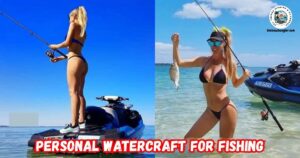
- 5 Advantages of the Penn Squall Low Profile Baitcasting Reels
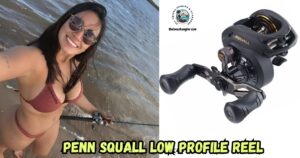
- Electronic Fish Finders For Kayak Fishing
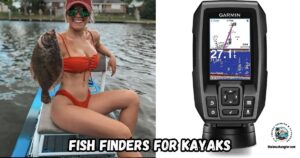
- What’s New From ICAST 2025

- 5 Budget-friendly Saltwater Fishing Kayaks For Beginners
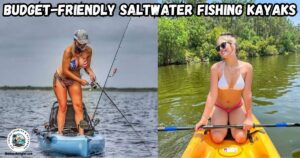
- 12 Tips for Fishing Baffin Bay, Texas
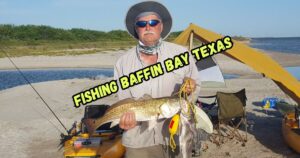
As always, stay safe, enjoy the journey, and please try to leave it cleaner than you found it. If you have any comments, questions, ideas, or suggestions, please leave them in the comment section below, and I’ll get back to you ASAP. You can follow us on Facebook: Rex The Beach Angler, Instagram: thebeachangler7, Twitter: @AnglerBeach, and YouTube: Man Art Creations.
P.S. Thanks so much for checking out our blog; we really appreciate it. Just so you know, we may receive a commission if you click on some of the links that appear on our site. This helps us keep our content free and up-to-date for everyone. We appreciate your support!
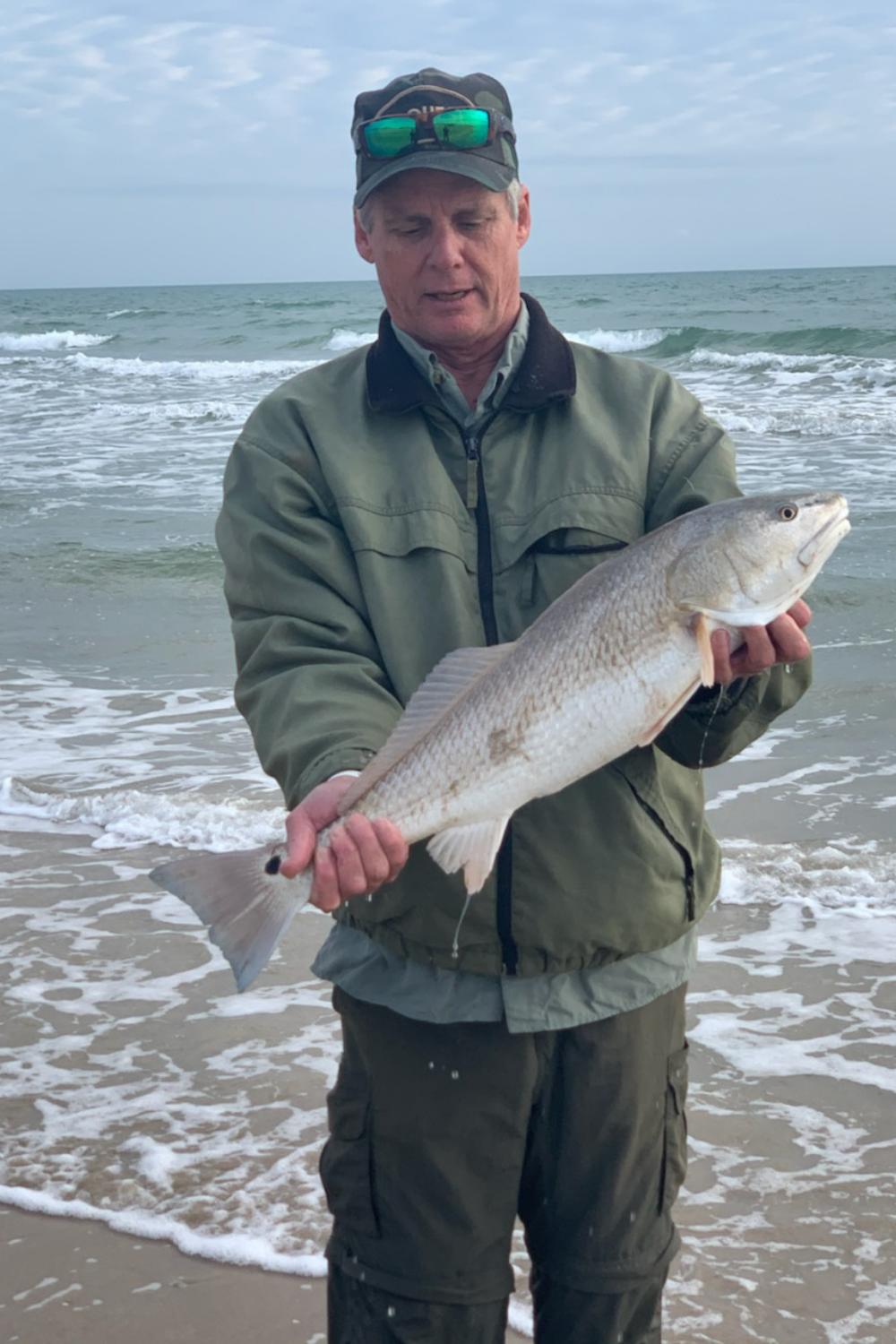
A life long surf fisherman with 50+ years of experience, I am also an avid hunter and outdoorsman. I will be sharing my passion for the outdoors with you so be prepared for hunting, fishing, camping, hiking and more. Along with gear reviews and the latest trends and innovations in the outdoor industry.
